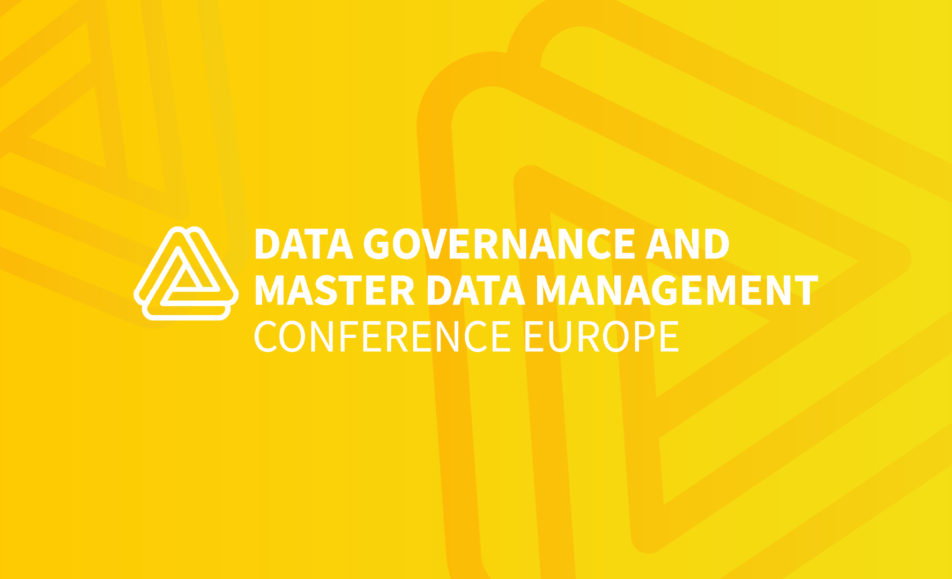
Nicola Askham Ltd
By Nicola Askham, The Data Governance Coach, Nicola Askham Ltd
This is a very short and succinct question, and I thought the answer was likely to be the same. However, when I was sent this question, I was very surprised to see that it was a former colleague from my very first consultancy who submitted it!
I was taken aback at first because I thought to myself ‘surely, they would know the answer to this?!’ but on reflection I realised this is yet another example of how we data professionals are actually very bad at defining things and as data governance professionals, that’s even worse because we spend our time helping others and asking others to write definitions for their data and yet we so often don’t define the terms we use well enough for others to understand.
So, I decided that this was actually an excellent question and was definitely one that I should answer.
Hear more from Nicola Askham at the Enterprise Data and Business Intelligence & Analytics Conference Europe, 14 – 17 November, London. Find out more here – https://irmuk.co.uk/events/enterprise-data-conference-europe/#overview


The first thing I did was look at one of my most commonly used reference books, the DAMA Dictionary of Data Management. This is an excellent reference book for anyone in data governance and as a DAMA member I would highly recommend it. However, on this occasion, it did take me aback…
I opened the page at Data Domain and was quite surprised at the definition it gave. It states that ‘a data domain is a set of allowable values for a data attribute’. However, that is not how I use the term and I think that is the perfect example of what happens as data professionals. We start using a term and people we work with start using it, it proliferates, but we’re not necessarily using it for its original intention.
While a data domain is perhaps terminology more commonly used in data modelling and in databases, we use it a lot in the data governance world, but in my view, with a slightly different meaning. We clearly don’t mean ‘a set of allowable values for a data attribute’ -that’s very techy and data geeky and not at all the type of langue we would want to use when we’re trying to talk to business users. So, what do we mean?
Well, when I use the term, I mean a logical grouping of data – something where we can tell where it starts, and it ends. From my point of view, I’m normally trying to find identify data domains so that I can identify data owners.
For example, you might call customer data a data domain. Or finance data, HR data, product data, supplier data. These are all ideas of logical groupings of data that all relate together.
It’s then the work of data governance to work out the details of what is actually included in those domains… but that is what I, and many professionals that I work with, mean when we say, ‘data domain’.
Sometimes I don’t use the word data domain. I talk in terms of ‘data set’, which is any logical grouping of data and I think you can use the words ‘data set’ and ‘data domain’ interchangeably. Just make sure that you actually understand what you mean when you use the term and explain to the business users that you’re talking to what it means to avoid all confusion.
So, there you have it. That’s my definition of a data domain. I hope you find it useful. If you do, please help me on my mission to help as many people as possible be successful with data governance by sharing it on your choice of social media.
I really appreciate your help in getting the message out.
Don’t forget if you have any questions you’d like covered in future videos or blogs please email me – questions@nicolaaskham.com.
Or you’d like to know more about how I can help you and your organisation then please book a call using the button below.

